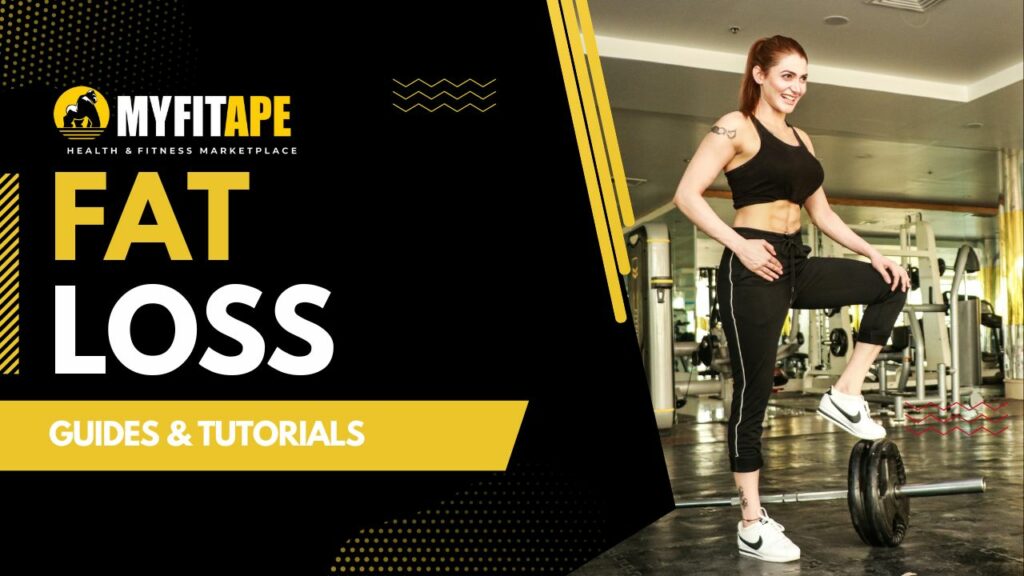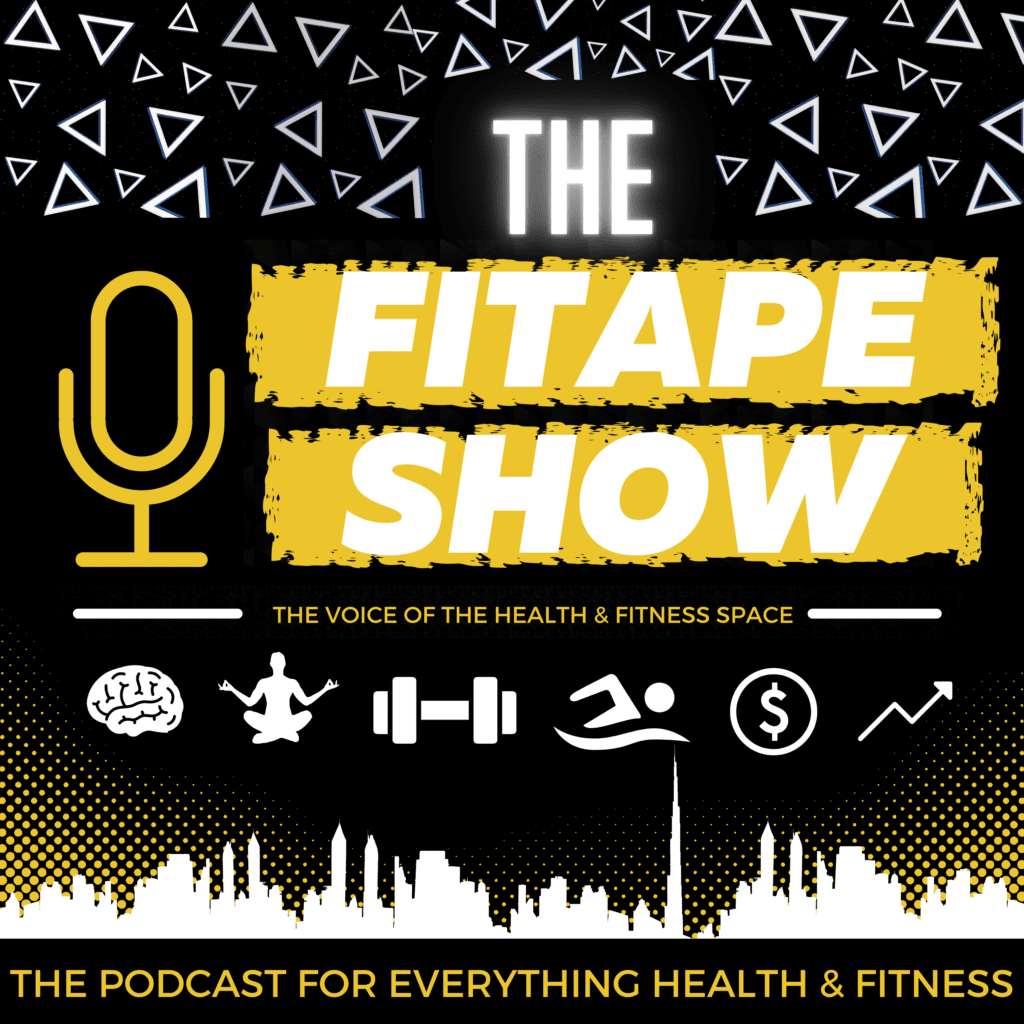Gaining muscle and losing fat is a goal that many people strive for, but it can often seem like a daunting task. If you’re looking to make changes to your body composition, then this is the guide for you. Here, we’ll break down the basics and discuss the key steps you’ll need to take. Read on for everything you need to know.
Step 1: Establishing Your Goal
The first step to achieving your goal of gaining muscle and losing fat is to get clear about exactly what you want to achieve. Are you looking to put on 5 pounds of muscle? Are you looking to add inches to your biceps? Whatever your goal is, it’s important to have a plan in place so you can track your progress.
Step 2: Eating for Your Goals
Now that you know your goal, you’ll need to adjust your diet to support it. Eating too much or too little will impede your progress, so it’s important to get the right balance of macronutrients, vitamins, and minerals. Make sure to consume a balanced diet of proteins, carbohydrates, and fats, and also ensure that you’re getting adequate amounts of vitamins and minerals as well. If you’re looking for an easy way to track your intake, consider making use of a food tracking app to stay on top of your goals.
Step 3: Developing a Strength Training Routine
If you want to gain muscle, you’ll need to invest in a strength training routine. A strength training routine consists of compound lifts, like squats and deadlifts, as well as isolation exercises for specific muscle groups. Aim to train at least 3 days per week, focusing on different muscle groups each time. Stick with the same program for 4-6 weeks, and then switch things up once you start to plateau.
Step 4: Incorporating Cardio
Adding a cardio routine to your fitness program is also important for making progress. Cardio can help you burn off fat, improve your metabolism, and increase your aerobic capacity. Aim to do at least one session of cardio per week, whether it be a run, swim, bike ride, or HIIT workout. Even doing a short session a few times per week can make a difference.
Step 5: Tracking Your Progress
Once you’ve established your goal and built a program to help you get there, it’s time to start tracking your progress. This will help you stay motivated and help you adjust your routine if you’re not getting the results you’re hoping for. Consider investing in a heart rate monitor for extra accuracy. Also, take photos throughout your journey—it will be great to look back and see just how far you’ve come.
FAQs
Q: How much cardio do I need to do?
A: The amount of cardio you will need to do depends on your goals. If you’re looking to become stronger and more muscular, then shorter, more intense sessions may be best. However, if you’re looking to lose fat, then longer, low-intensity activities like walking or jogging may be better for you.
Q: What exercises should I include in my routine?
A: Compound lifts like squats, deadlifts, and bench presses are great for building muscle, while isolation exercises like bicep curls, tricep kickbacks, and lateral raises can be used to target specific muscle groups. Aim to do at least one of each in your routine.
Q: How often should I track my progress?
A: To ensure that you’re making progress, you should track your progress at least every two weeks. This could be taking measurements, tracking your weight, or taking progress photos.





